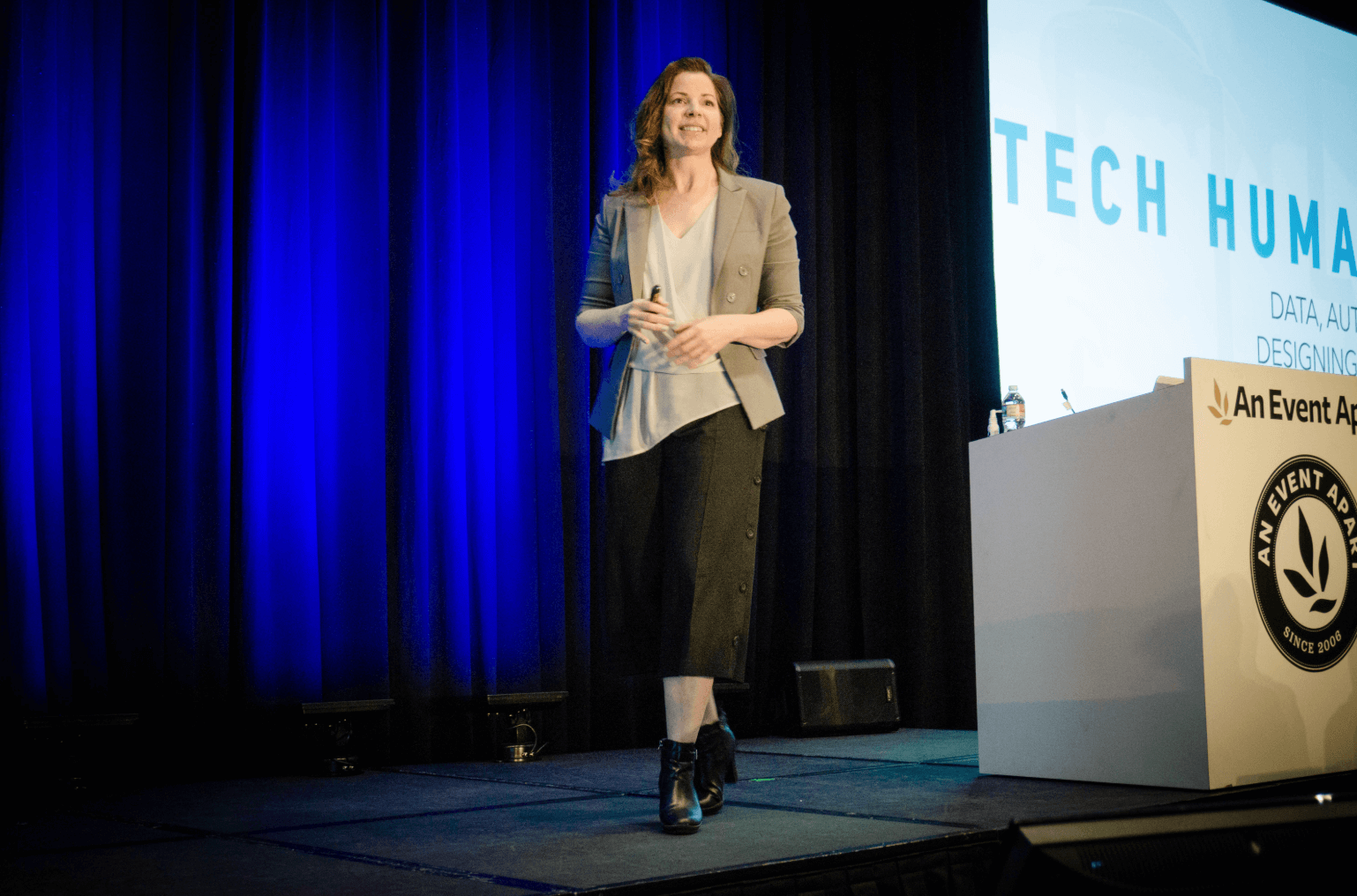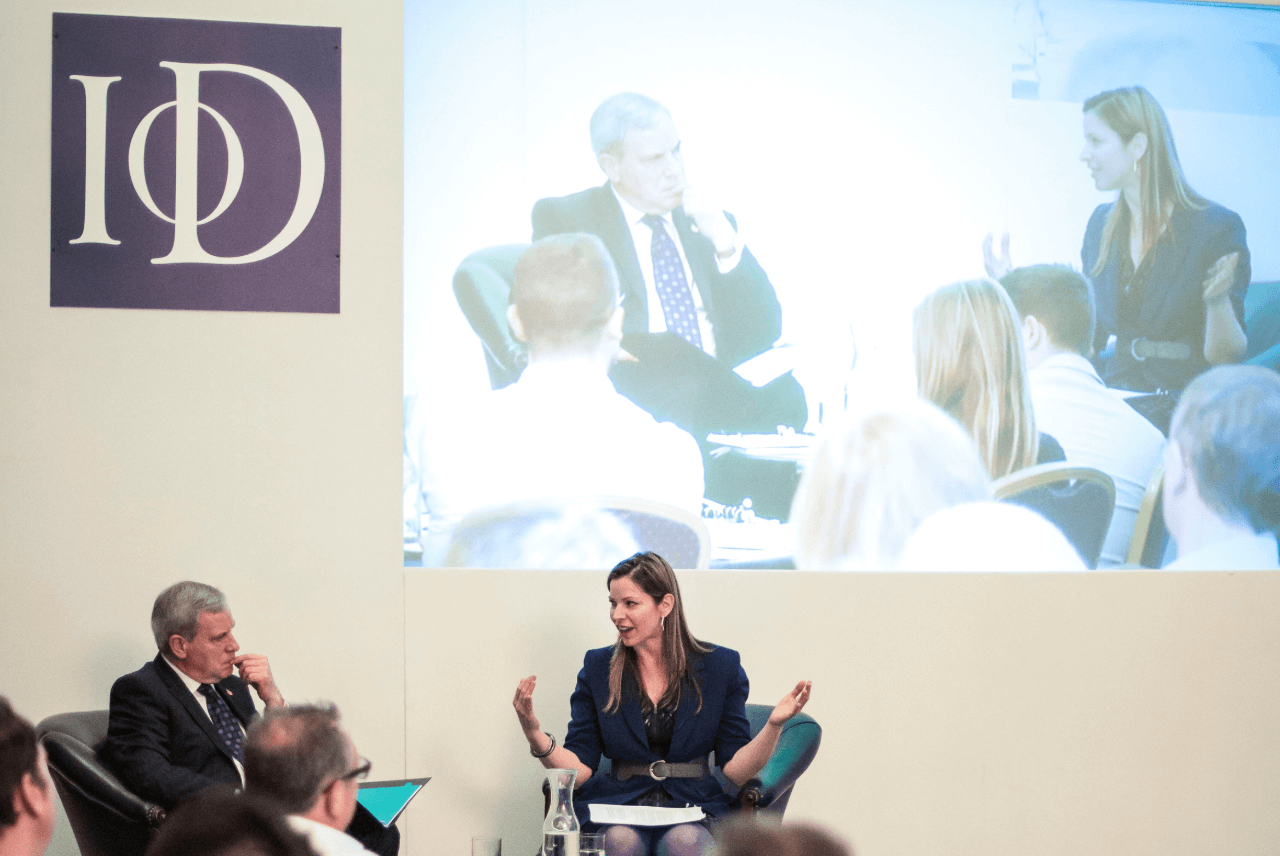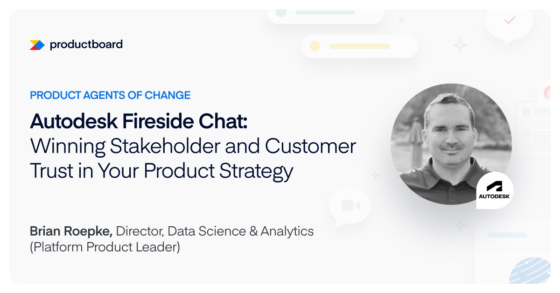Kate O’Neill on bringing a human-centered approach to product management

When it comes to discussing the future of technology, the dystopian narrative is strong — whether we’re talking about Artificial Intelligence, automation, advertising, or anything in between, there’s a sense that any technological progress will ultimately be used for nefarious purposes. That’s why Kate O’Neill’s perspective is so refreshing. “We’re empowered to make changes and put things into place that make our lives better,” she explains.
Kate is an author, keynote speaker, Fortune 500 advisor, and experience strategy expert who focuses on helping humanity prepare for an increasingly tech-driven future. One of her main passions is assisting companies to make business and technology decisions that are better for humans. Kate has written several books, including Tech Humanist: How You Can Make Technology Better for Business and Better for Humans. You may have also seen her onstage at events like Mind the Product London.
In this post, we discuss the future of technology and product management through Kate’s tech humanism lens.
The story is organized into the following sections:
- Kate’s background and story
- Defining tech humanism
- How businesses can embody the tech humanism philosophy
- Product managers and tech humanism
- Envisioning the future

Kate’s background and story
Kate grew up in a tech-forward household and learned to program as a child. She recalls that her early experiences helped her realize that she was interested in technology “as a way that humans communicate and connect.”
Her long list of professional experiences includes creating the first content management role at Netflix, leading cutting-edge online optimization work at Magazines.com, developing Toshiba America’s first intranet, and building the first departmental website at the University of Illinois at Chicago.
Throughout her career, Kate found that she was always thinking about the person using the software or tools. Many of her former colleagues refer to Kate as the consistent voice of the end-user. Reflecting on this, Kate says, “I kept finding myself putting more and more emphasis on the broader implications of technology on humanity. And that began to feel like the story I needed to tell.” Her emphasis on the concept of tech humanism took shape because of her interest in the intersection of digital and physical experiences.
Defining tech humanism
So what exactly is tech humanism all about? At its core, it’s the belief that humanity matters and that we still have agency in how technology is developed.
She sees many business leaders taking a purely tech-centric approach — “What’s our fill-in-the-blank strategy?” Instead, Kate believes we should have an understanding of “what we are supposed to do within the context of being human. How can we serve each other as humans and connect as humans?”
“The focus of tech humanism is to find that alignment between what a business needs to be effective, what humanity needs to thrive, and how technology can serve both of these purposes simultaneously.”

How businesses can embody the tech humanism philosophy
Taking a tech humanism approach to business means relating to a central human experience: our craving for meaning. It all begins by asking what a company exists to do and what it’s trying to do at scale. “Every company has an origin story. And that’s often a clue about what the purpose of the business is. What problem are they trying to solve?”
This purpose may evolve — and that’s okay — but it’s essential to take the time to define it. Kate recommends keeping it “concise and coherent. I’m talking about a three- to five-word statement, where every word is intentional. And it helps to clarify what the business is about.”
What does this look like in practice? Kate likes the example of Disney theme parks’ purpose. “Create magical experiences” is a three-word articulation that sums up what the company exists to do. It becomes a filtering tool that makes it simple to make decisions in every facet of business — including product and technology decisions.
Disney theme parks recently made a billion-dollar investment in the My Magic Band wearables. “It’s the perfect embodiment of creating magical experiences when it comes to digital transformation — a wearable that every guest can use to make their park experience seamless.”
“Keeping up with different kinds of technology matters much less than understanding the human connection you make, the experiences that you create for people, and the relationship that a brand then builds with the people outside of the company.”
Product managers & tech humanism
As a product manager, says Kate, your role is to be “the person who thinks about how the abstract values, priorities, and mission of a company come to life in the experiences that people have.”
“And the human experiences delivered by companies are generally facilitated by product managers. They take the brilliant concept of a company and make it tangible.”
Product managers think about how the abstract values, priorities, and mission of a company come to life in the experiences that people have.
To illustrate her point, Kate describes what Delta Airlines is currently doing with RFID (radio-frequency identification) in baggage tagging. In the Delta app, there is a feature that allows passengers to track exactly where their luggage is during their journey.
“It’s an interesting example of finding the intersection between what’s good for the company and the customer, then using technology in a way that scales and provides transparency.”
“Look for opportunities where the conversation is happening about technology when it should be happening about humanity — and steer it the other way.”
For product managers looking to adopt the tech humanism philosophy, one key consideration is how the success of your product may inspire widespread behavioral change. Which metrics do you use to measure success, and will that success lead to positive behavioral changes?

Kate gives the example of Netflix, which has introduced several features that remove friction and create a seamless viewing experience. The company has often been credited for creating the “binge-watching” phenomenon.
“It’s a fun experience,” says Kate, “but is bingeing the behavior we want to make successful?”
In Netflix’s case, binge-watching leads to ongoing viewership and promotes the longevity of a user’s subscription. “But we must keep the ethics around our decisions in mind. Is this the right direction to move humanity in? This needs to be part of the discussion at some point in the product management process.”
A business may go ahead and launch a set of features regardless, but asking these questions has the potential to influence what gets built. And it’s worth the try.
“I want to encourage more reflection and discussion. If a resulting behavioral change of a product or feature is not good for the customer, then organizations should take a slightly different approach. Done well, they can still be successful and move the needle without bringing about cultural changes that are questionable.”
Envisioning the future
To Kate, the future is neither utopian nor dystopian.
“Tech businesses and leaders will not likely embrace tech humanism universally. Rather, I see a middle ground. We’ll see plenty of advocacy from folks like myself. We’ll also see tech businesses and leaders pushing the envelope on what they can get away with. What’s most important is that these conversations are happening, and people are excited about human-centric tech. This means that there will be tech leaders who pick up the idea and run with it within their companies and communities.”
It’s never going to be one extreme or another. “What I’m hoping is that we steer the middle path as much as possible toward a meaningful future.”
. . .
Want to hear more from Kate? Follow her on Twitter, connect with her or follow her posts on LinkedIn, follow her posts on her business website (http://www.koinsights.com/), and read her posts on Medium.
. . .
productboard is a product management system that enables teams to get the right products to market faster. Built on top of the Product Excellence framework, productboard serves as the dedicated system of record for product managers and aligns everyone on the right features to build next. Access a free trial of productboard today.





